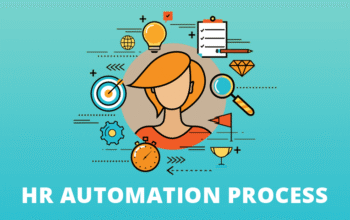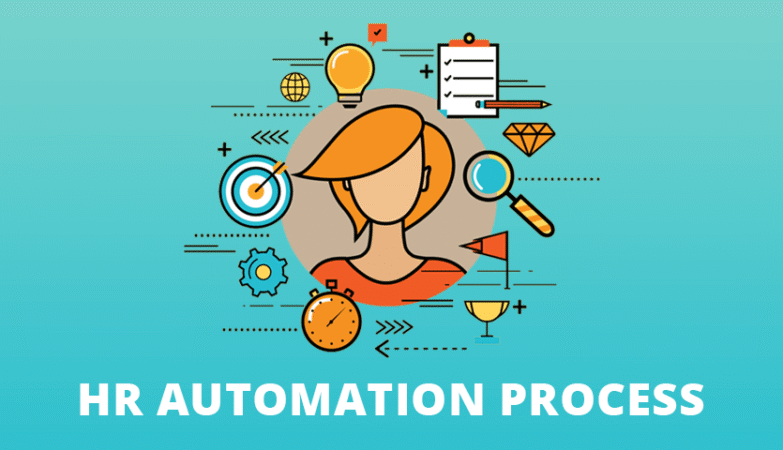Deciphering the affordability of a home loan can prove to be a time-consuming and arduous task. With a variety of housing finance options available in the market today, it is crucial to understand and assess every option thoroughly. This understanding promises to help you make an informed choice, ensuring your financial stability in the long run.
What is a Home Loan?
A home loan is a loan disbursed by a bank or financial institution, which aids an individual in purchasing a house. It involves repaying the borrowed amount along with the applicable housing loan interest over a specific period. The property bought serves as collateral against the loan.
Understanding Home Loan Pre-requisites
Any home loan process begins with a comprehensive scrutiny of the borrower’s financial standing. The lending institutions evaluate your credit history, income, current liabilities, and property value to ascertain your eligibility and the maximum loan amount they can offer.
The Affordability of Different Home Loan Options
Fixed-Rate Home Loans
This type of loan offers a fixed housing loan interest rate that does not fluctuate with market changes. The repayment tenure can span from 5 to 30 years. Although the interest rates may initially be higher than other options, fixed-rate home loans are beneficial for large loan amounts and long-term commitments. Therefore, if you desire stable monthly payouts and a predictable payment schedule, this option may be your best.
Adjustable-Rate Home Loans
In contrast to fixed-rate loans, adjustable-rate home loans come with interest rates that move according to market trends. This type offers a lower interest rate initially, albeit with the possibility of an increase over time. It is suitable for those who plan to pay off their loan quickly or foresee a significant income increase that would accommodate potential hikes in repayment amounts.
Government-Insured Home Loans
These are insured by different government departments. For example, the Federal Housing Administration (FHA), Veterans Affairs (VA), and US Department of Agriculture (USDA). The primary benefit of government-insured loans is that they often require smaller down payments and are more lenient with credit score requirements. This type of loan is ideal for first-time homeowners or those with lower credit scores.
Jumbo Home Loans
As hinted by the name, jumbo loans cater to those aiming to buy high-priced properties. These loans generally come with higher interest rates due to the significant loan amounts involved. Hence, the eligibility criteria for borrowers are more stringent, requiring a better credit score and lower debt-to-income ratio.
Bridge Loans
Bridge loans or gap loans serve homeowners who want to buy a new home before selling their current one. This loan provides temporary funding until the current house is sold. Homeowners with good credit scores and a low debt-to-income ratio stand eligible for this type of loan.
Conclusion
Understanding the affordability of various home loan options is crucial for your financial health. Apart from the various types outlined, one could also explore options like interest-only loans, balloon loans, and home equity loans. Remember that the costliest loan might not necessarily be the best fit for you. Instead, aligning your financial capacity with your home loan choice should be the objective.
Each home loan process comes with its own pros and cons, and the most suitable loan type for you depends on your financial situation, expected monetary growth, and comfort level with market risks. Research, evaluate, ask plenty of questions, and seek professional help if needed. With a clear understanding of the home loan landscape, making an informed decision and achieving homeownership becomes a seamless journey.
Disclaimer: The Bajaj Finserv App offers convenient access to financial services. For security, download only from official sources. Please review the app’s terms and conditions to understand its features fully before use.








